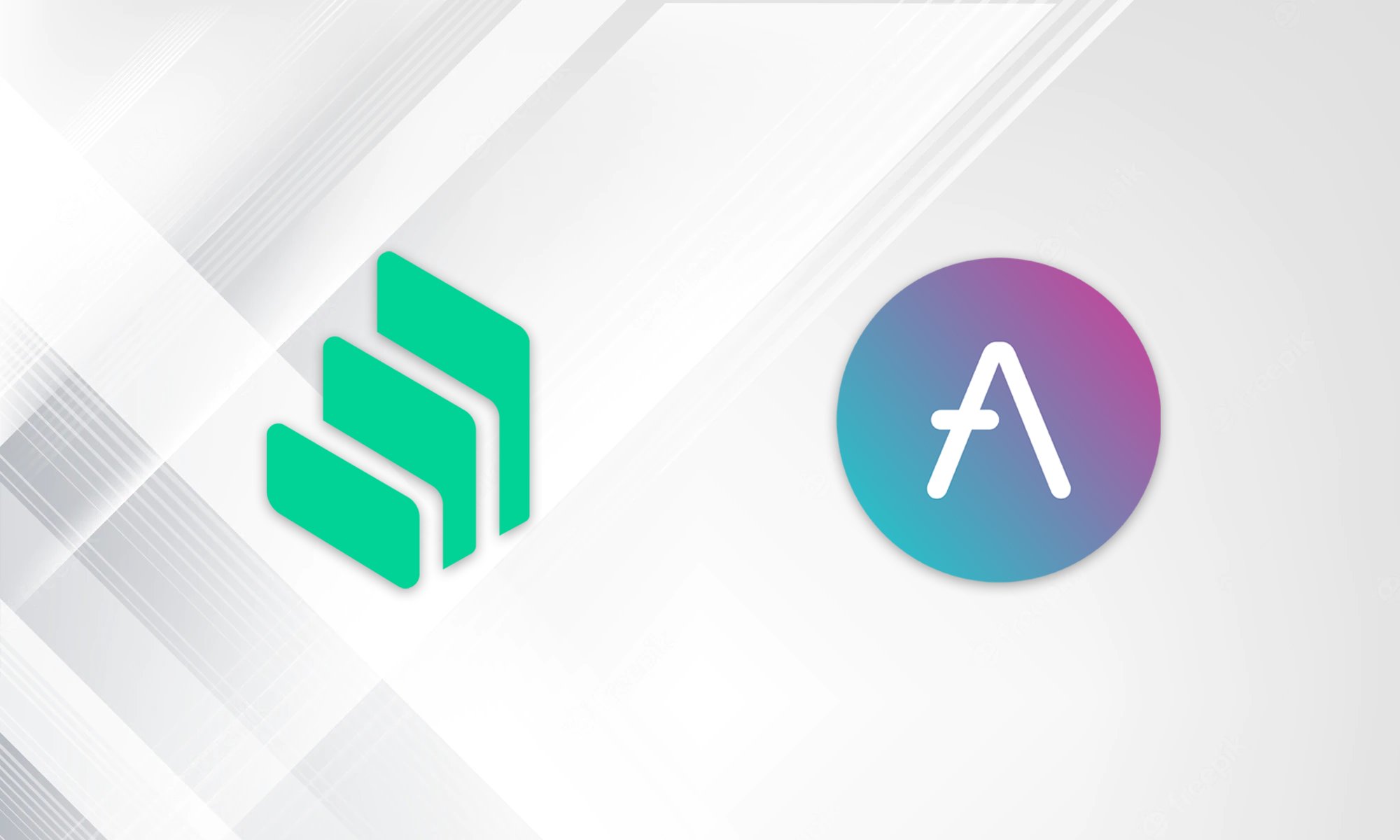Offering unmatched security, transparency, and efficiency, which clearly explains why financial institutions are embracing blockchain technology, the revolutionary ideas in blockchain technology are redefining the future of banking
Fundamentally, blockchain is a distributed digital database that safely notes transactions across several systems, therefore removing the need for middlemen. Banks, financial companies, and payment processors all find great appeal in its ability to simplify processes and cut expenses.
This paper will investigate why financial institutions are embracing blockchain technology and show how it is transforming everything from payment systems to fraud prevention, therefore opening the path for a more linked and trustworthy financial world.
- 1 What is Blockchain Technology?
- 2 Why Financial Institutions Are Embracing Blockchain Technology
- 3 Key Use Cases of Blockchain in Financial Institutions
- 4 Challenges of Blockchain Adoption in Financial Institutions
- 5 How Financial Institutions Are Overcoming Blockchain Challenges
- 6 The Future of Blockchain in Finance
- 7 Conclusion
-
8
FAQ
- 8.1 What are the benefits of blockchain technology in the financial sector?
- 8.2 Why do banks want to use blockchain?
- 8.3 What is the application of blockchain technology in financial markets?
- 8.4 What is the impact of FinTech and blockchain technologies on banking and financial services?
- 8.5 What are the benefits of blockchain in finance?
- 8.6 How is blockchain transforming payments?
- 8.7 What are the risks of blockchain adoption for banks?
What is Blockchain Technology?
Knowing the foundations of blockchain technology helps one to appreciate why financial organizations are using it.
Fundamentally, blockchain is a distributed ledger system whereby several nodes in a network record transactions.
Every transaction is confirmed using cryptographic techniques and kept in a “block,” which connects to the one before it creating a safe and unchangeable chain.
For financial institutions, the appeal lies in three key features:
- Immutability: Once data is recorded on the blockchain, it cannot be altered or deleted, ensuring a reliable and tamper-proof record of transactions.
- Transparency: All participants in a blockchain network can access the same information, fostering trust and accountability.
- Security: The decentralized nature and cryptographic safeguards make blockchain highly resistant to fraud and cyberattacks.
These characteristics help to explain why financial institutions are embracing blockchain technology to improve operations, lower fraud, and satisfy the rising demand for safe and quick financial services. Blockchain is poised to alter financial sector trust and dependability as use keeps increasing.
Why Financial Institutions Are Embracing Blockchain Technology
The question of why financial institutions are embracing blockchain technology can be answered by its ability to address key industry challenges.
Critical reasons driving its widespread adoption includes;
- Enhanced Security and Fraud Prevention
- Cost Efficiency
- Faster Transactions
- Transparency and Trust
- Improved Compliance and Reporting
Enhanced Security and Fraud Prevention
Blockchain’s cryptographic design and decentralized nature make it significantly more secure than traditional systems.
Transactions are validated through complex algorithms and recorded in an immutable ledger, reducing the risk of fraud and unauthorized tampering.
For instance, in cross-border payments, blockchain ensures secure and verifiable transactions, minimizing opportunities for fraud.
This feature is a major reason why financial institutions are embracing blockchain technology, as it offers unparalleled protection for both organizations and their customers.
Cost Efficiency
One of blockchain’s biggest advantages is its ability to cut costs by eliminating intermediaries and automating processes.
In traditional banking, cross-border transactions rely on systems like SWIFT, which involve multiple banks and fees.
Blockchain, on the other hand, facilitates direct transactions, reducing costs and processing time. For example, blockchain technology has been shown to lower SWIFT transaction costs significantly, saving millions for financial institutions annually.
Faster Transactions
Traditional banking systems often face delays due to manual processes, time zone differences, and reliance on multiple intermediaries. Blockchain eliminates these bottlenecks, enabling near-instantaneous settlements.
A notable case is RippleNet, which leverages blockchain to process cross-border payments in seconds, as opposed to the days it takes with conventional methods.
Transparency and Trust
Blockchain’s immutable ledger fosters trust and accountability by recording every transaction transparently. In trade finance, this transparency reduces disputes, as all parties have access to the same verified data.
Similarly, auditing becomes more straightforward, with clear, tamper-proof records readily available for compliance checks.
This trust-building capability is pivotal in sectors like trade finance and global partnerships.
Improved Compliance and Reporting
Blockchain simplifies regulatory compliance by creating a clear, auditable transaction history. Institutions can use smart contracts to automate processes like Know Your Customer (KYC), reducing manual errors and ensuring adherence to regulations.
For example, blockchain-based smart contracts streamline KYC procedures by automatically verifying and updating client data, cutting down processing time and costs.
This capability further demonstrates why financial institutions are embracing blockchain technology to enhance compliance and operational efficiency.
Key Use Cases of Blockchain in Financial Institutions
Payments and Settlements
Blockchain is changing the way people pay for things both at home and abroad by making transfers faster, cheaper, and safer.
Because there are so many middlemen in traditional methods like SWIFT, it can take days to settle payments. Blockchain gets rid of these inefficiencies, which makes payments almost instantaneous.
For instance, Ripple’s blockchain-based RippleNet makes it possible for real-time cross-border payments, which cuts costs and working times for banks by a large amount.
Trade Finance
Trade finance is usually a very complicated field, but blockchain’s openness and technology make it a lot easier.
Blockchain speeds up processes and cuts down on the need for paper records by digitizing trade documents and using smart contracts.
For example, systems like we.trade use blockchain to make trade finance easier, which makes sure that global trade transactions are safe and quick.
Asset Tokenization
Blockchain makes it possible to tokenize real-world assets, which means that things like real estate, art, and goods can be turned into digital currencies. This new idea opens up liquidity, lets people own parts of a business, and makes investment possibilities more available to more people.
To give their clients a wider range of investments that are easier to reach, financial institutions are looking into tokenized assets. For instance, blockchain-based systems like Securitize make it easier to make and trade tokenized securities.
Decentralized Finance (DeFi)
One of the most revolutionary uses of blockchain is decentralized finance, which lets people lend and borrow money and make interest without going through middlemen. Smart contracts are used by DeFi platforms to make deals safe and clear.
Aave and Compound are two well-known DeFi platforms that let people rent and borrow money from each other. They do this by offering financial services to underserved markets and making access to capital more equal.

The audit trail features of blockchain make it clear that it can make legal compliance easier. For example, smart contracts can simplify Know Your Customer (KYC) processes, which makes sure that rules are followed correctly and without any problems.
Challenges of Blockchain Adoption in Financial Institutions
Regulatory Uncertainty
The lack of standard worldwide rules causes financial organizations great uncertainty. Various nations have different regulations on blockchain use, which complicates compliance. This mismatch limits the possibility for cross-border blockchain uses and inhibits acceptance.
Scalability Concerns
Managing a large amount of transactions presents technological difficulties for blockchain systems most of which Scalability problems including slower transaction rates and more energy consumption become major obstacles to mass use as adoption rises.
Dealing with these issues would help one to grasp why financial institutions are embracing blockchain technology despite its present constraints.
Integration with Legacy Systems
Many financial organizations run on conventional infrastructure not especially fit for blockchain technology.
Further complicating its adoption, bridging the gap between legacy systems and blockchain calls time, money, and knowledge.
How Financial Institutions Are Overcoming Blockchain Challenges
Collaboration with Regulatory Bodies
Working collaboratively with governments and international organizations, financial firms are developing clearer compliance frameworks to address regulatory uncertainties. This cooperation fosters an environment fit for blockchain innovation and helps to establish trust.
Adoption of Hybrid Blockchains
Combining the openness of public and private blockchains, hybrid blockchain systems use their respective scalability. This method strikes a compromise between privacy and performance, allowing organizations to grow their operations under control and keep security.
Why financial institutions are embracing blockchain technology mostly relates to their need to meet demand and simplify processes.
Use of Blockchain-as-a-Service (BaaS) Platforms
Many institutions are using Blockchain-as- a- Service (BaaS) technology to streamline connection with legacy systems. These systems provide configurable blockchain solutions, therefore lowering the technical and cost obstacles of applying the technology.
Businesses such as Microsoft and IBM offer BaaS products that simplify adoption and justify why financial institutions are embracing blockchain technology as a sensible modernizing tool.
The Future of Blockchain in Finance
The fast acceptance of blockchain points to a time when it will be a natural component of financial activities all around. Blockchain technology’s ability to reinvent security, access, and efficiency across banking and financial services helps explain why financial organizations are adopting it. Several important tendencies are forming this future as invention speeds forward.
Central Bank Digital Currencies (CBDCs)

The arrival of Central Bank Digital Currencies (CBDCs) is among the most expected changes.
Blockchain is being used by governments and financial institutions to provide digital representations of their currencies, therefore facilitating quicker and more safe transactions.
Already experimenting with blockchain-based digital yuan, nations like China highlight the transforming power CBDCs have on world banking.
Blockchain-Powered Insurance
Another sector ready for a blockchain revolution is the insurance one. Through automated claim processing, smart contracts guarantee accuracy and help to lower fraud rates.
The open and unchangeable ledger of blockchain creates confidence between consumers and insurers, therefore simplifying all insurance issuing and settlement processes.
Expanding DeFi and Tokenization
Expected to expand, Decentralized Finance (DeFi) provides directly to consumers more creative lending, borrowing, and investment options.
Concurrent with this, asset tokenization will open doors for fractional ownership, therefore enabling more access to valuable assets as real estate and art.
The continuous developments in these sectors show why financial institutions are embracing blockchain technology to keep ahead in a competitive market.
Blockchain is becoming more and more important for future-ready institutions as it develops in terms of boosting financial inclusion, improving security, and lowering running expenses.
Conclusion
The widespread adoption of blockchain highlights why financial institutions are embracing blockchain technology as a cornerstone of modern financial innovation.
From enhanced security and faster transactions to cost efficiency and improved transparency, blockchain offers solutions to some of the most persistent challenges in the financial sector.
Key use cases like payments, trade finance, asset tokenization, and DeFi showcase its versatility and potential for continued growth.
As financial institutions overcome challenges like regulatory uncertainty and scalability through collaboration, hybrid solutions, and BaaS platforms, blockchain’s integration into the financial ecosystem will only deepen.
This progress underscores why financial institutions are embracing blockchain technology as they seek to future-proof their operations and deliver superior services.
To remain competitive in this evolving landscape, it’s vital to stay informed about blockchain trends and explore how this technology can drive innovation in your industry.
Whether you’re part of a financial institution or another sector, understanding why financial institutions are embracing blockchain technology could inspire transformative opportunities for your business.
FAQ
What are the benefits of blockchain technology in the financial sector?
Blockchain provides enhanced security, transparency, and cost efficiency. It eliminates intermediaries, enables faster transactions, and ensures data integrity, which is particularly valuable for payments, settlements, trade finance, and compliance.
Why do banks want to use blockchain?
Banks see blockchain as a way to streamline operations, reduce transaction costs, and enhance security. By adopting blockchain, banks can improve transparency, accelerate cross-border payments, and ensure compliance through immutable records.
What is the application of blockchain technology in financial markets?
Blockchain is used in financial markets for faster settlements, trading digital assets, tokenizing real-world assets, and creating decentralized exchanges. It simplifies processes, reduces costs, and increases market efficiency.
What is the impact of FinTech and blockchain technologies on banking and financial services?
FinTech and blockchain have disrupted traditional banking by offering innovative solutions like digital wallets, decentralized lending, and real-time settlements. They promote financial inclusion, improve customer experiences, and reduce operational costs for banks.
What are the benefits of blockchain in finance?
Blockchain provides secure and transparent transaction records, eliminates fraud, automates compliance through smart contracts, and reduces processing times. Its ability to tokenize assets and support DeFi also creates new revenue opportunities for financial institutions.
How is blockchain transforming payments?
Blockchain enables near-instantaneous, low-cost, and secure payments by eliminating intermediaries. Cross-border transactions, which traditionally take days, can now be settled in minutes using blockchain networks like Ripple and Stellar.
What are the risks of blockchain adoption for banks?
Key risks include regulatory uncertainty, scalability challenges, high implementation costs, and the complexity of integrating blockchain with legacy systems. Cybersecurity threats and potential misuse of blockchain for illegal activities also pose concerns.



